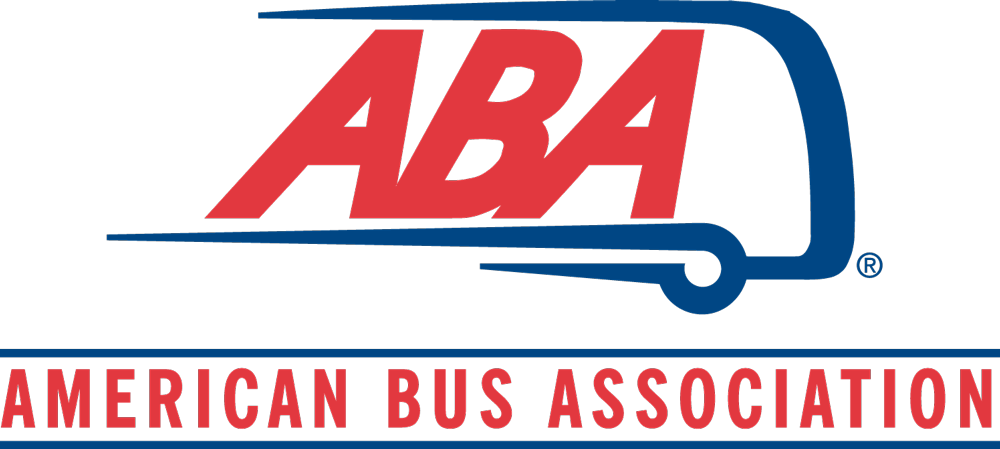Motorcoach Industry Self-Sufficiency Research
Motorcoach operations form the backbone of the American transportation network by providing flexible, cost-effective traveling options to the public. Motorcoaches are part of the economic, transportation, and environmental solution and should be included in federal, state, and local transportation planning. In terms of membership size and scope, ABA is the dominant motorcoach association.
Federal Subsidies for Passenger Transportation, 1960-2009
Executive Summary
- About the Report: This study compared the cost to taxpayers to support transit, commercial aviation, passenger automobiles, and private commercial buses. Researchers analyzed Federal government outlays on transportation and presented estimates of Federal subsidies that take into account Federal revenues raised from aviation and highway-related excise taxes.
- Key Highlights:
- From 2002-2009, private sector commercial buses received less than one percent of the total federal subsidy for passenger transportation.
- From 2002-2009, subsidies per passenger trip were significantly different across transportation modes, with Amtrak and private sector commercial air passengers receiving subsidies as much as 400 times greater than passengers of less subsidized modes.
Citation
- How to Cite This Report: American Bus Association. (2011). Federal Subsidies for Passenger Transportation, 1960-2009. Retrieved from https://www.buses.org/aba-foundation-research-summary/motorcoach-industry-self-sufficiency-and-taxpayer-impact-research/.
- Report Author: Nathan Associates Inc.
- Sponsored by: American Bus Association Foundation.
- Contact information: For inquiries, email research@buses.org or call (202) 218-7227.
Methodology
- The methodology of the study rests on a few basic concepts implicit in the data requirements and development of data presented in the report. The two most important of these are the notions of mode-specific responsibilities for costs of airports and related services and highways and related services and user fees. Users of airports and highways contribute to system costs by paying aviation and highway-related excise taxes. See page 27 of the report for the specific calculations used.
